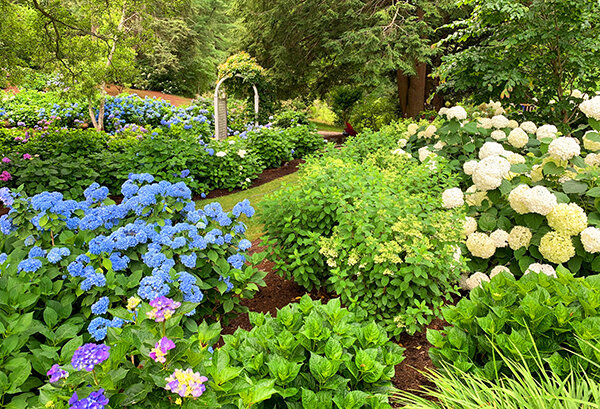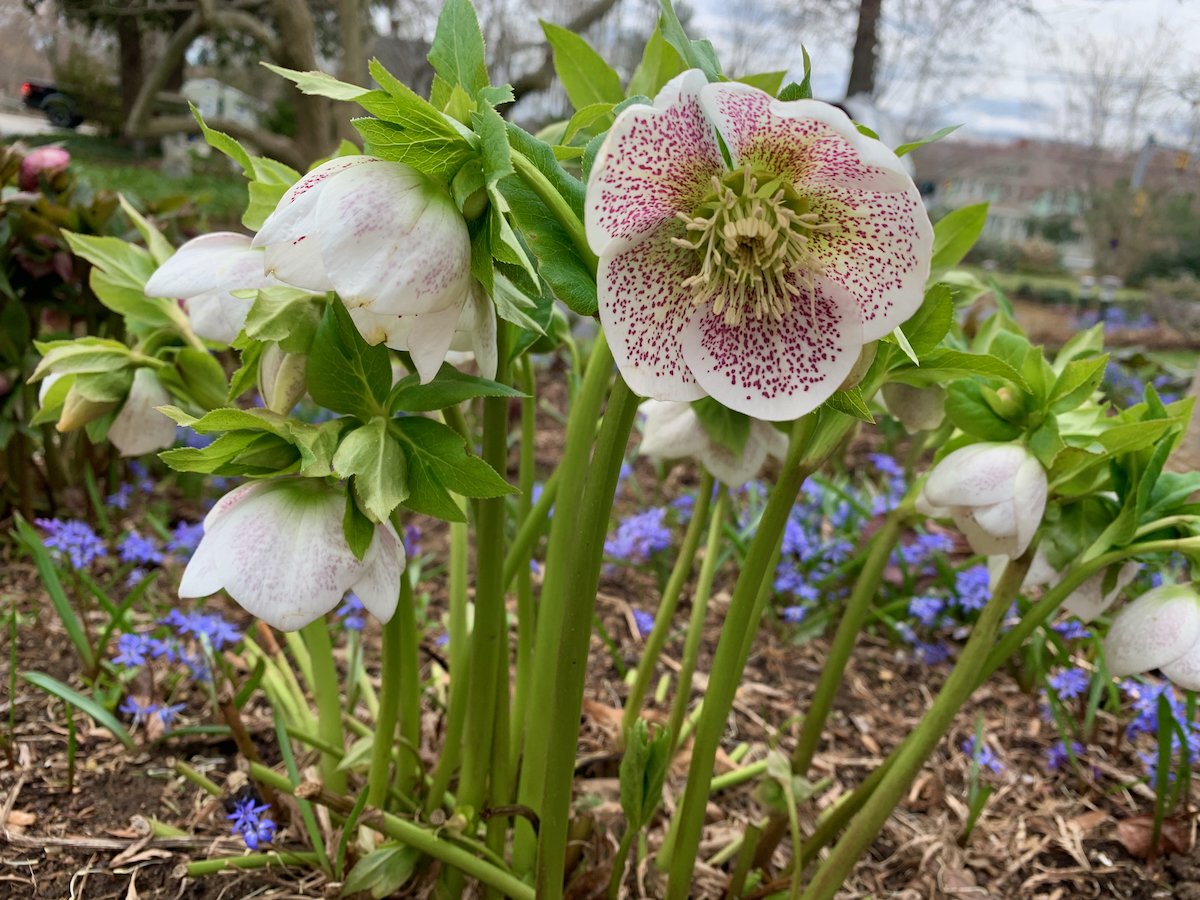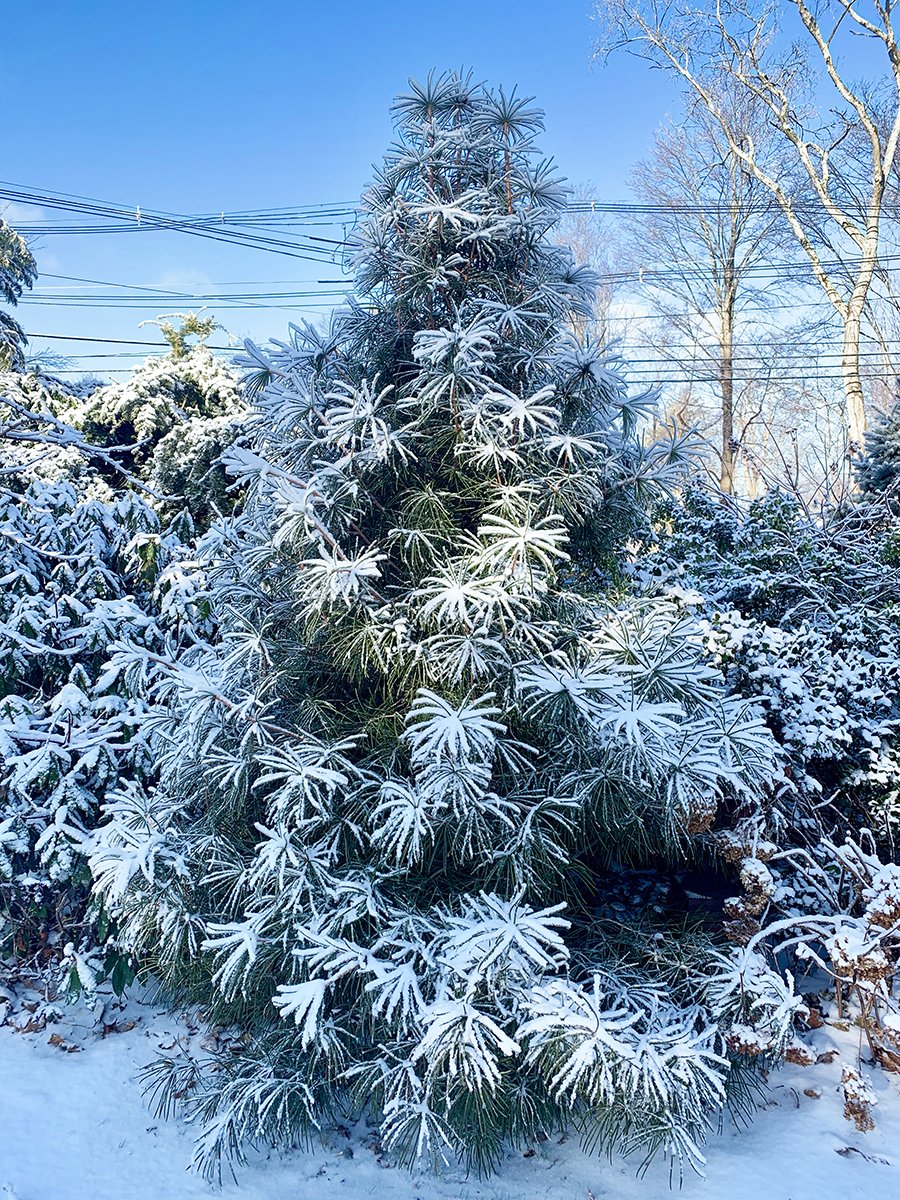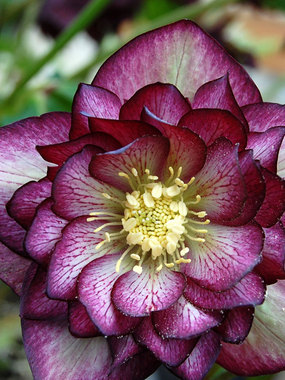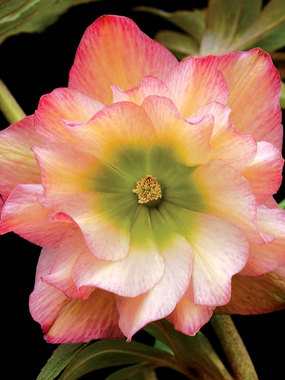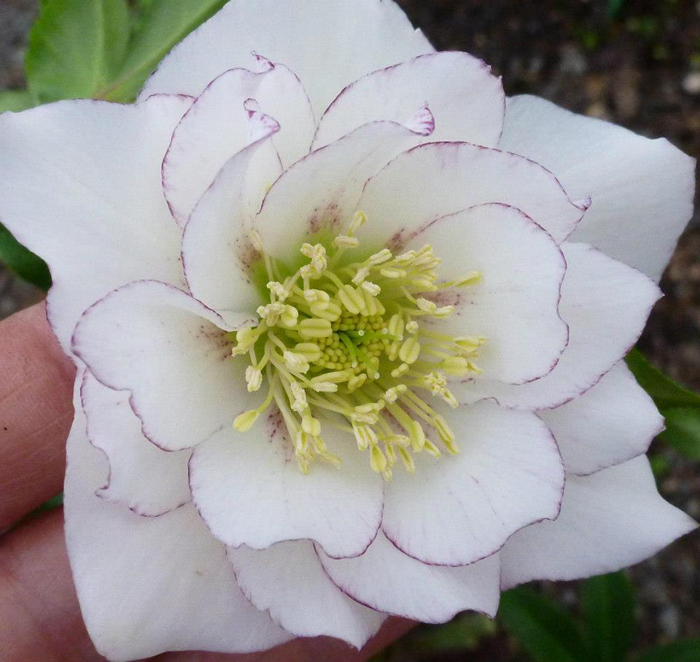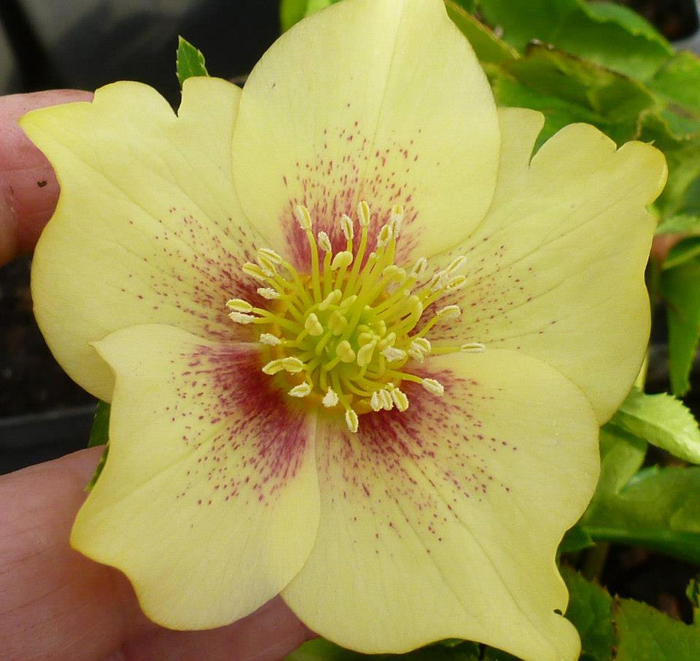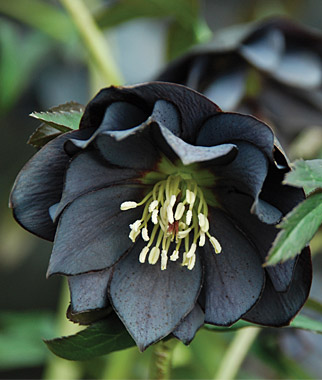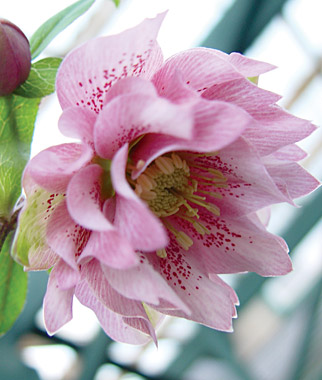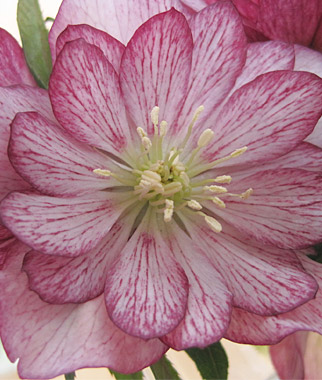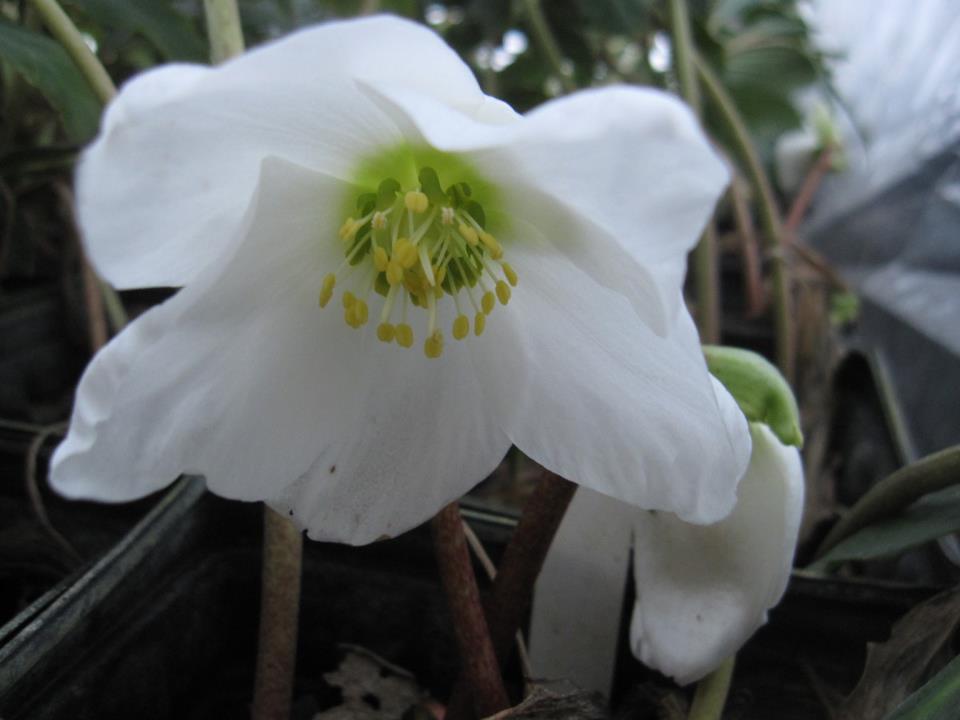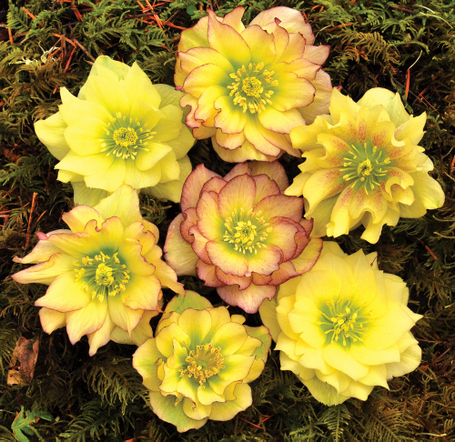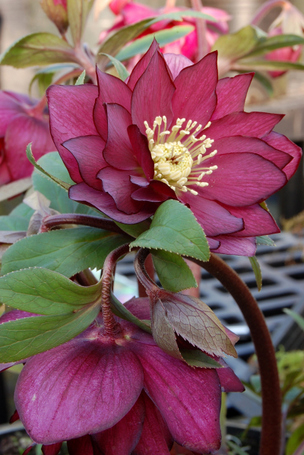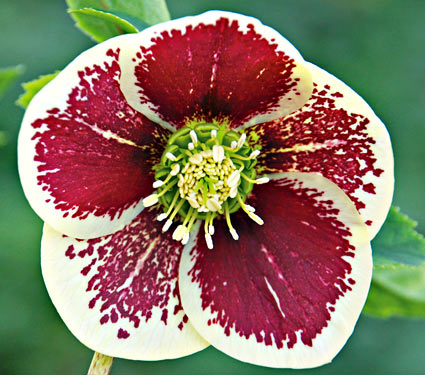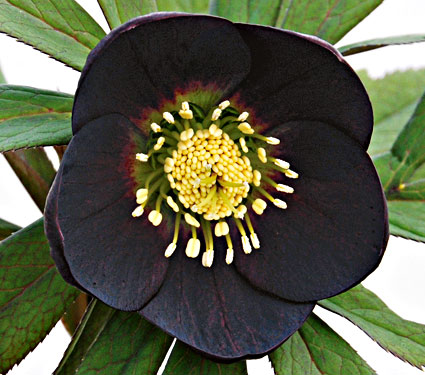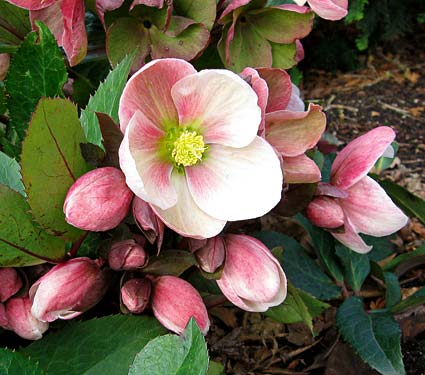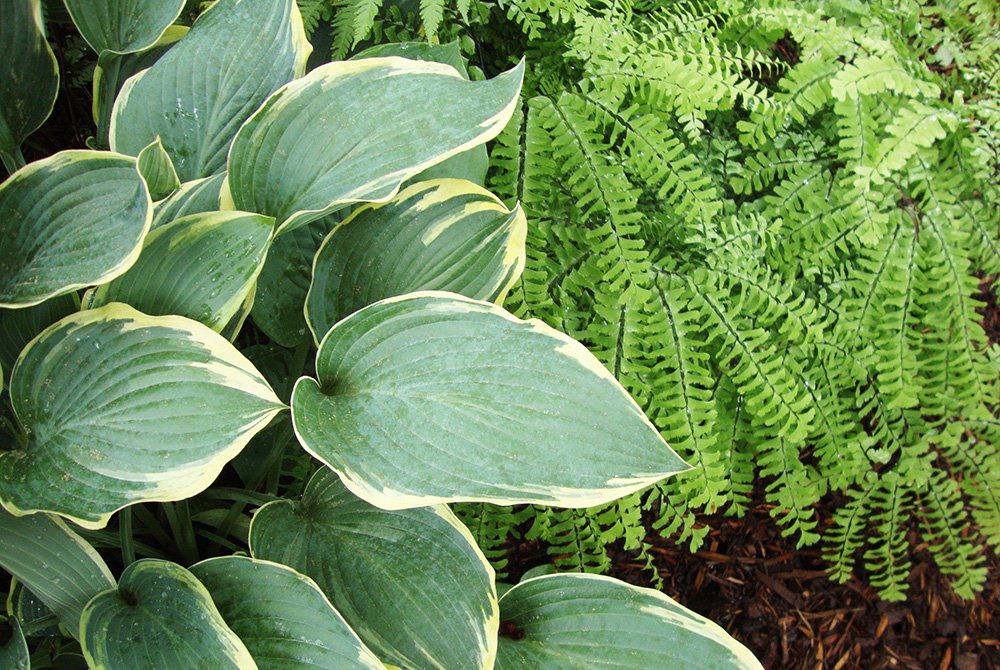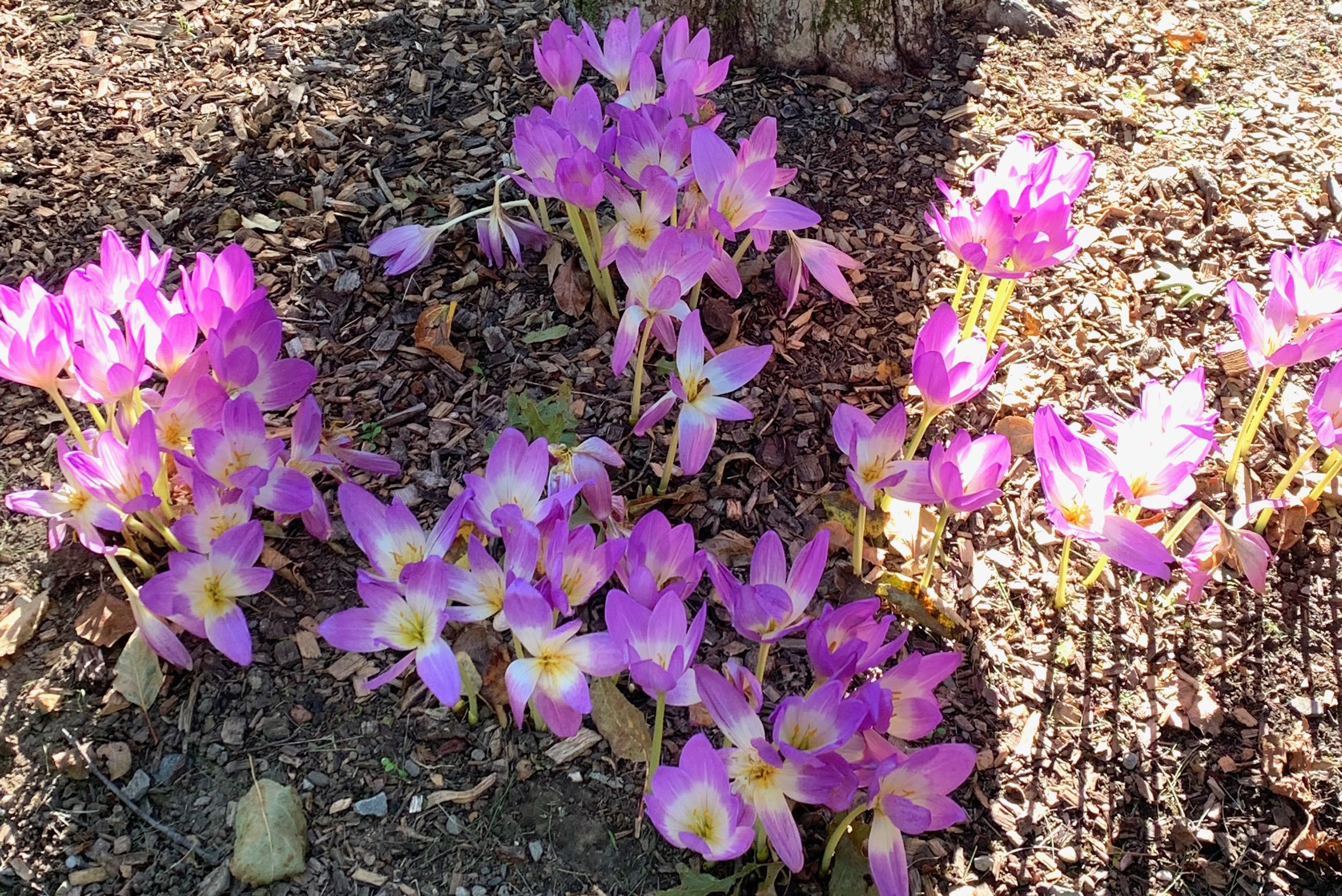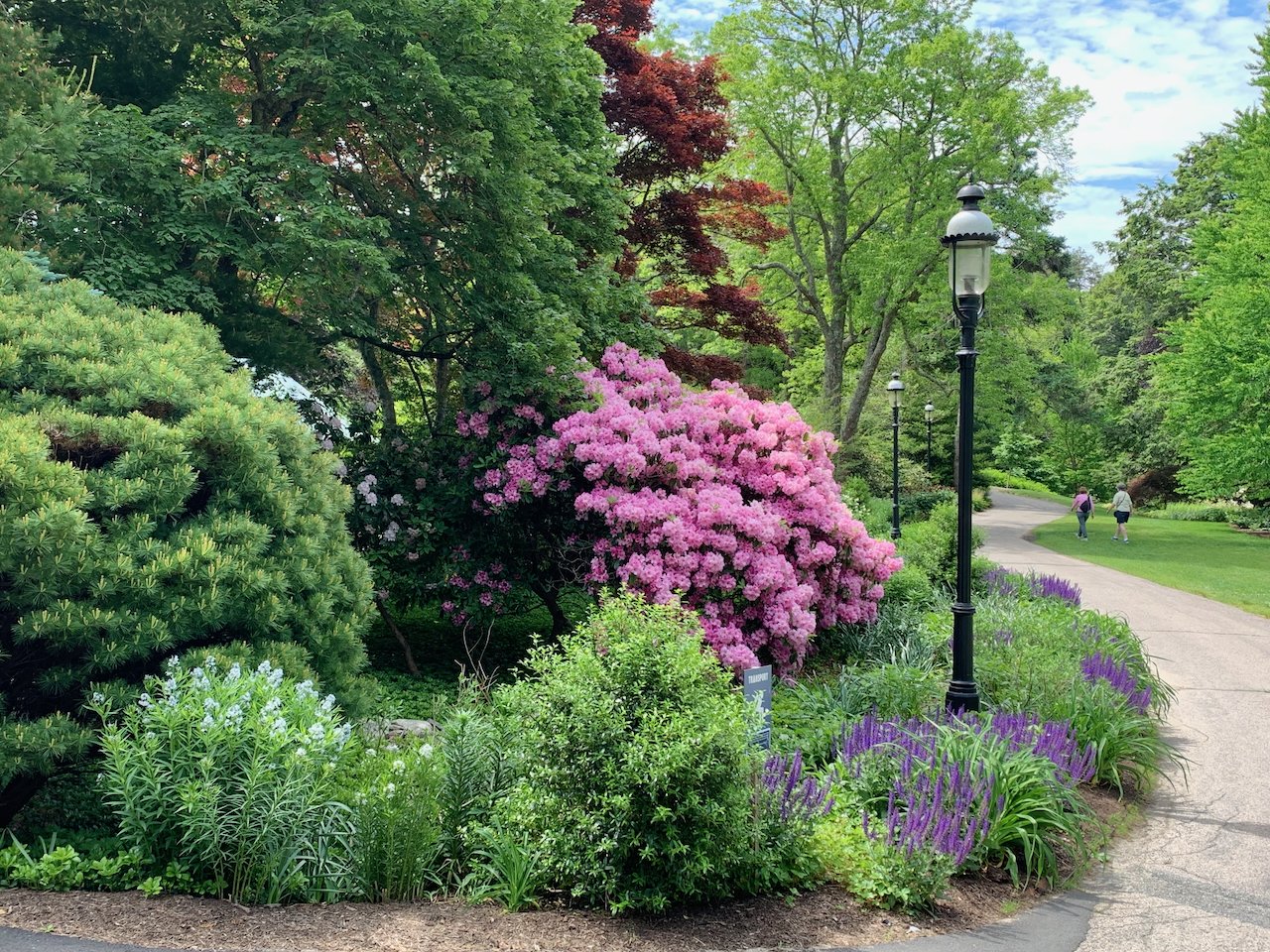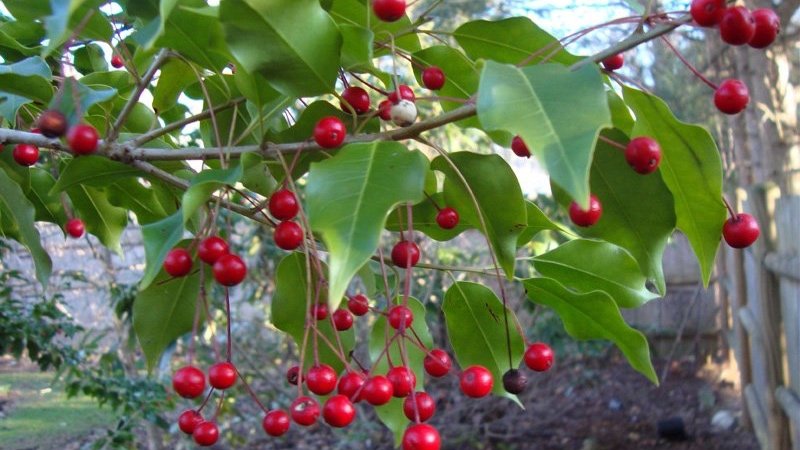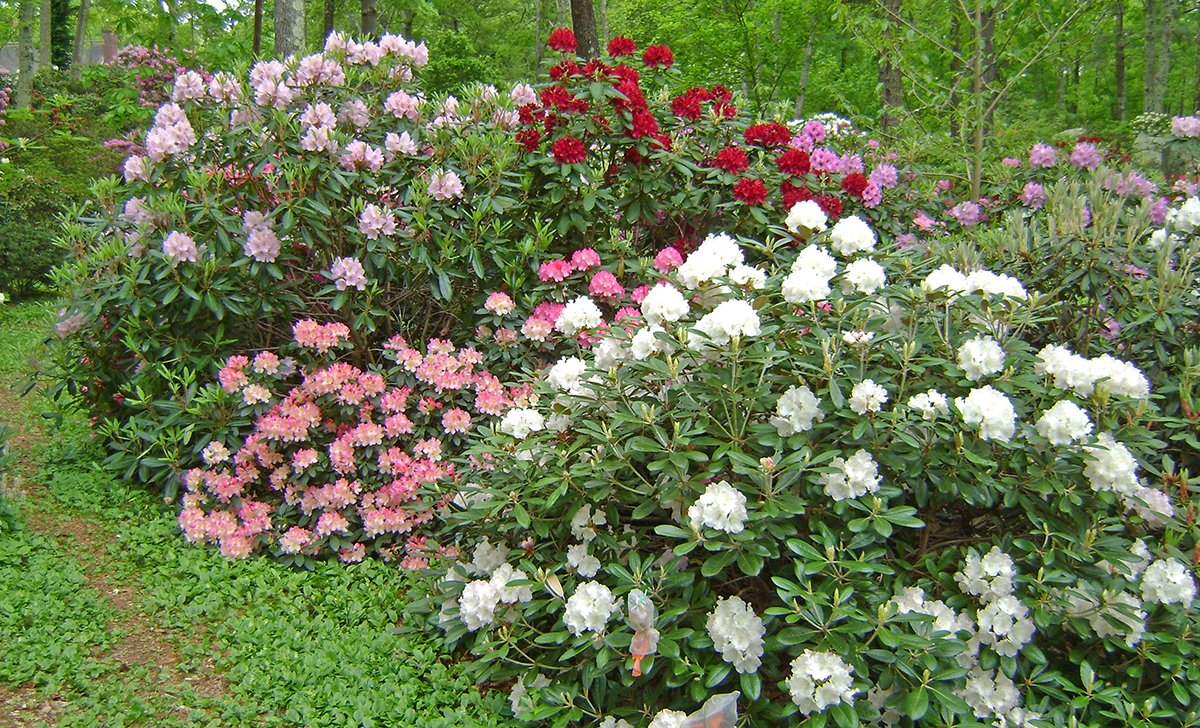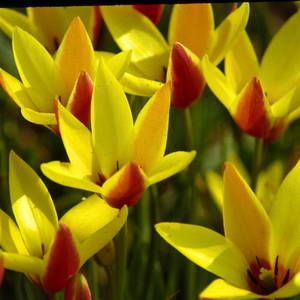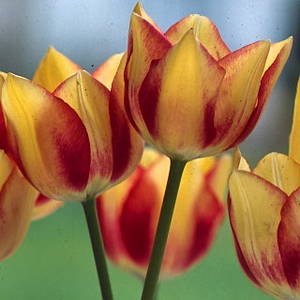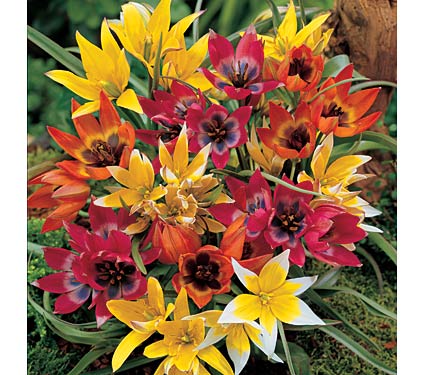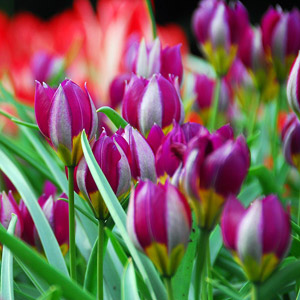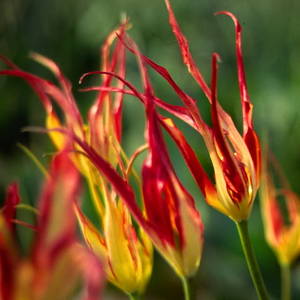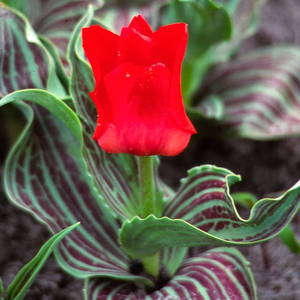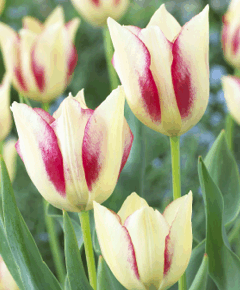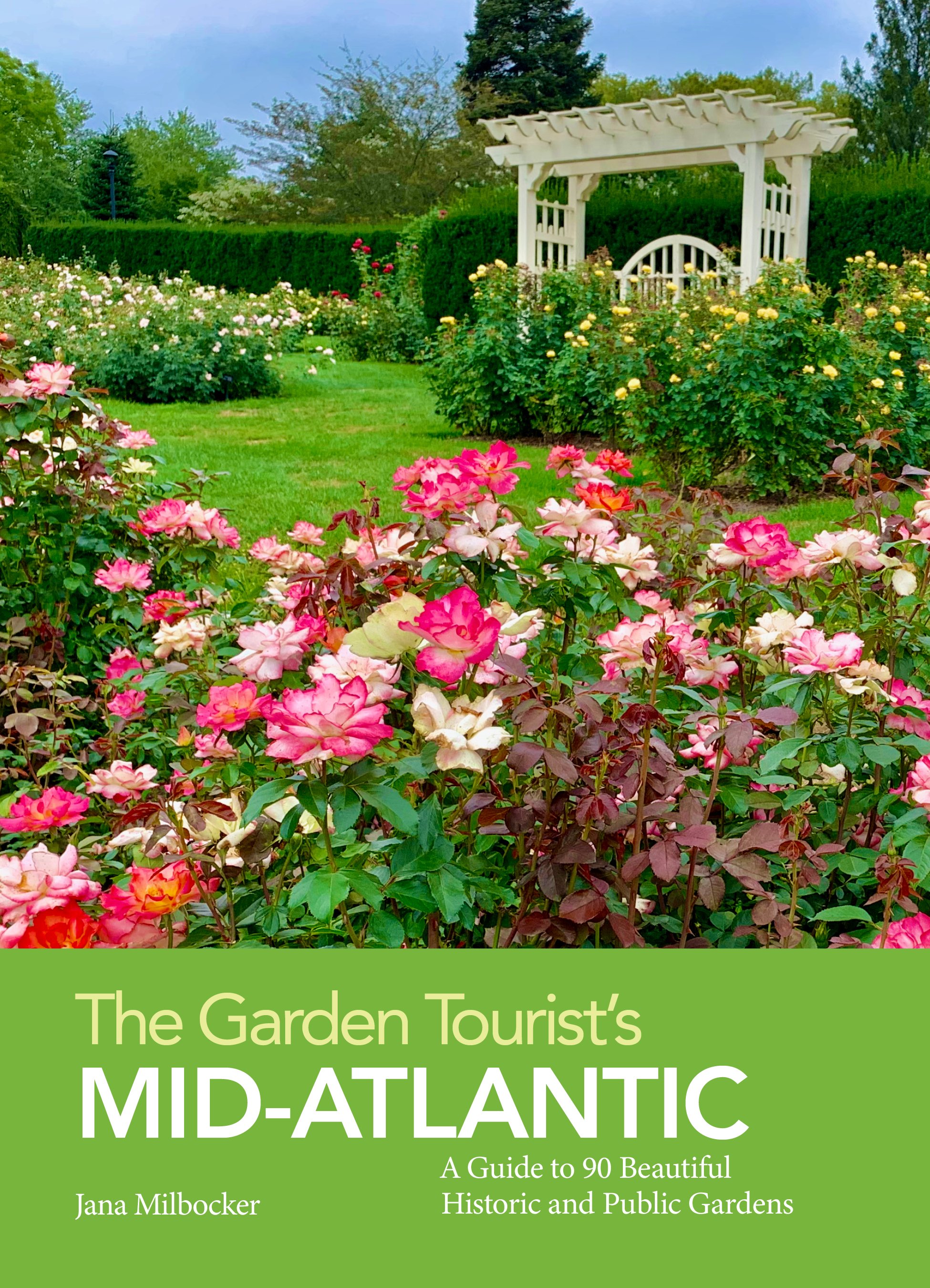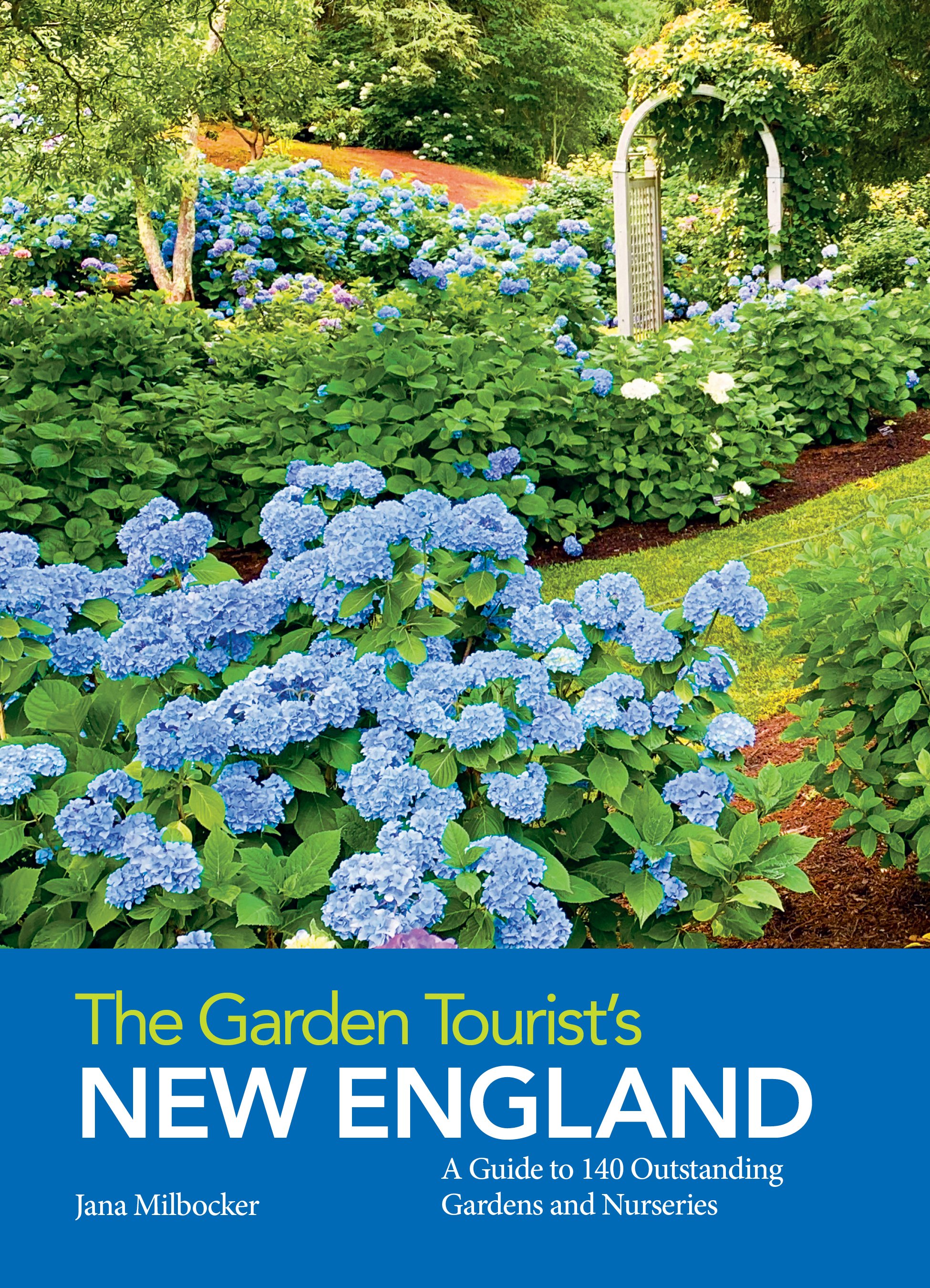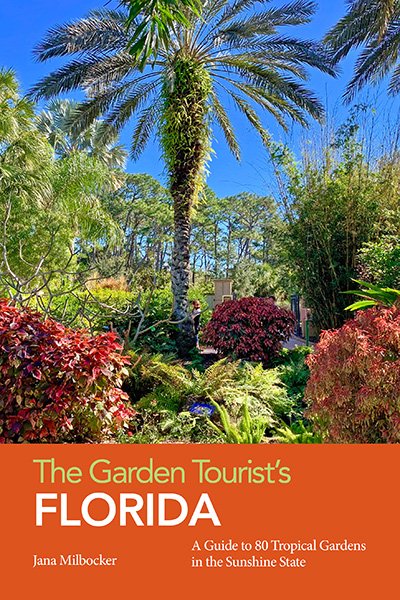Pulmonaria Pops in the Shade
/As a garden designer, one of the questions that I’m often asked is “What can I plant in the shade that the deer won’t eat?” We all know that while hostas may be gorgeous and highly collectible, they are also a tantalizing “salad bar” for grazing deer. Pulmonarias, with their eye-catching foliage and early flowers, are the answer.
Relegated to grandma’s shade garden for many years, Pulmonarias have seen a recent resurgence of popularity as hybridizers have produced wonderful new varieties. Like several other perennials, Pulmonarias are plagued with an unattractive common name – Lungwort, due to the resemblance of their leaves to a diseased lung. But their subtle beauty, hardiness (Zones 3-8), pest and disease resistance make them a great addition to the modern shade garden.
Pulmonarias are low-growing, clump forming relatives of borage, with similar fuzzy leaves and deep-blue flowers. Like hostas, pulmonarias can be collected just for their foliage contribution to the garden. Leaves range from apple-green to olive and deep emerald, and many are spotted in white or streaked with silver. They also differ in shape, from spear-like to oval. The plants range in size from 8-28” high and 12-24” wide. Outstanding cultivars for foliage include ‘Silver Bouquet’ with solid silver leaves, and ‘Milky Way’ with large white spots.
In addition to showy foliage, pulmonarias rival hellebores to be the first flowering perennials in the early spring garden. Clusters of funnel-shaped flowers appear in early spring, and many change colors as they age. My pulmonaria flowers transform from sky blue to lavender and pink, and since they open gradually, you see all three colors on the same plant at once!
While pulmonarias are generally known for their deep blue flowers, there are varieties that bloom in white (‘Opal’), salmon (‘Redstart’) and raspberry (‘Berries and Cream’).
Pulmonarias are easy to grow in average, humus-rich garden soil, in part to full shade. Moist soils and good drainage ensure the best success. They spread slowly by creeping roots and can be easily divided in late spring or fall. They also cross-pollinate and self-seed naturally, so you may find unexpected new varieties sprouting up in your garden.
Eye-catching as specimen plants, pulmonarias are also effective when massed as a ground cover. They can be artistically combined with almost any shade plants, particularly Japanese Painted Ferns, Coral Bells, Hostas, and Black Mondo grass. No matter how you use them, these old-fashioned, deer-resistant perennials will breathe new life into your shade garden.

